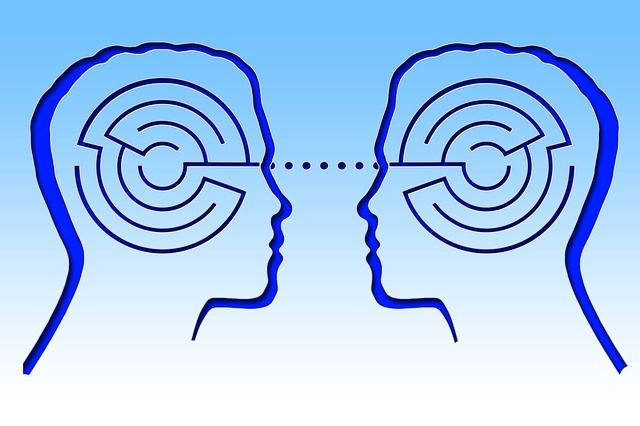5 Unethical Psychology Experiments That Wouldn’t Be Allowed Today

Today, there are many ethical codes that determine what you can and cannot do when experimenting on human subjects. However, as explained in a recent YouTube video by SciShow, it hasn’t always been like this. In the video, we learn of five of the most heinous experiments conducted on humans in the past that definitely would not be allowed today.
As explained by SciShow Host Hank Green, today scientists must abide by something known as the The Belmont Report when conducting experiments on humans. This ensures that the subjects are treated with proper respect; have given their own informed consent of the possible risks and benefits of experiments; that the experiment will not have a negative impact on the test subjects; and that the subjects are treated with justice and will not be exploited.
However, before the creation of The Belmont Report, scientists had a bit of a free-for-all when it came to human experiments, and conducted projects that today would be deemed extremely unethical.
These experiments included one that subjected children to permanent psychological damage and one that led adults to believe that they had seriously harmed, or even killed another person. Though unethical, the experiments did help us to learn certain aspects of the human psyche: For example, thanks to the 1968 “Bystander Effect” experiment conducted by scientists from Columbia University, we now better understand how humans react to a crisis when in a group, an important tool for law enforcement. However, for the most part they were seriously flawed. To learn of the five psychology experiments that you couldn’t do today, watch the video below.
Read More:
Guinea Pigs: 10 Most Inhumane Science Experiments Ever Conducted On Humans: Read Here
These Are The Most Horrific Experiments Ever Conducted On Human Subjects: Read Here



























